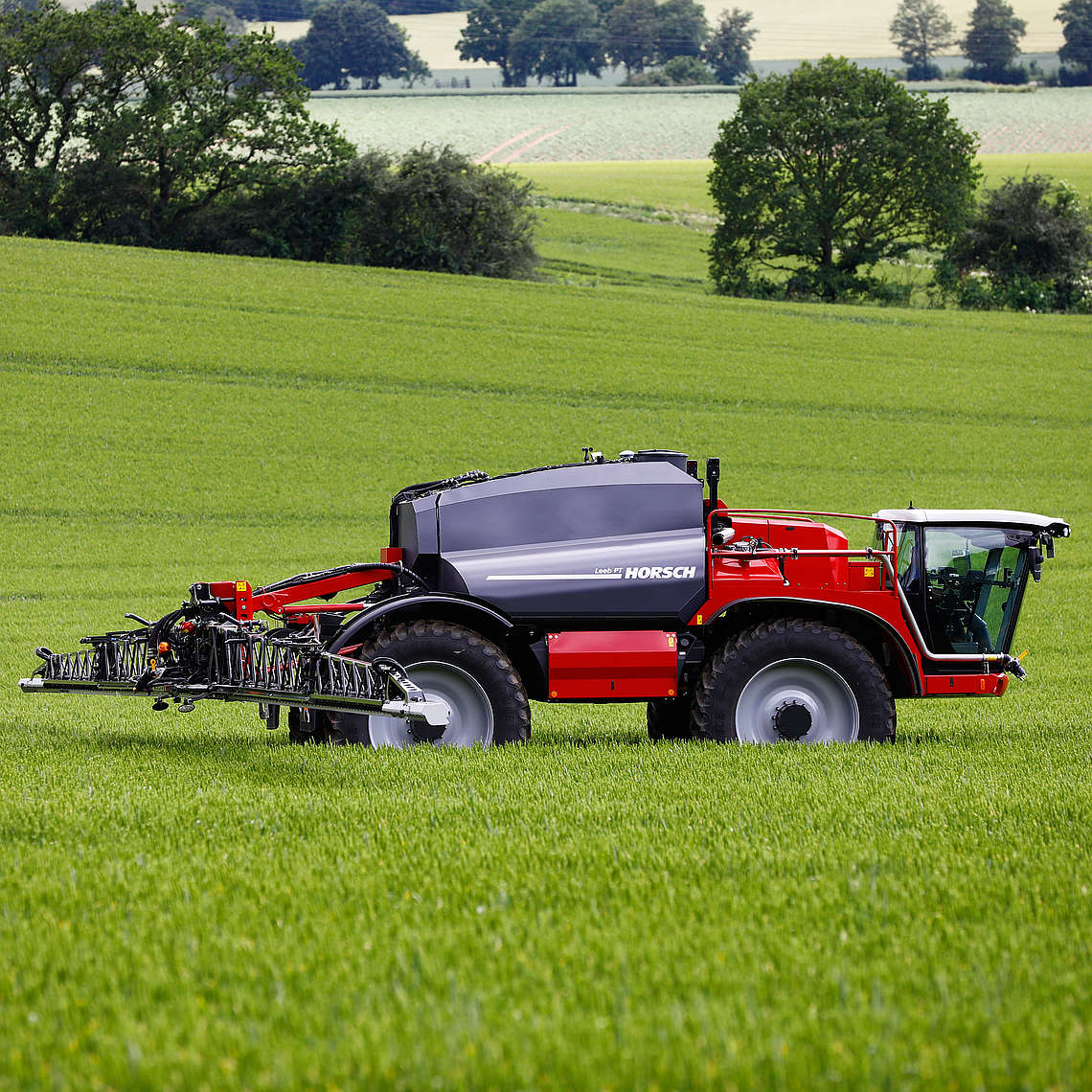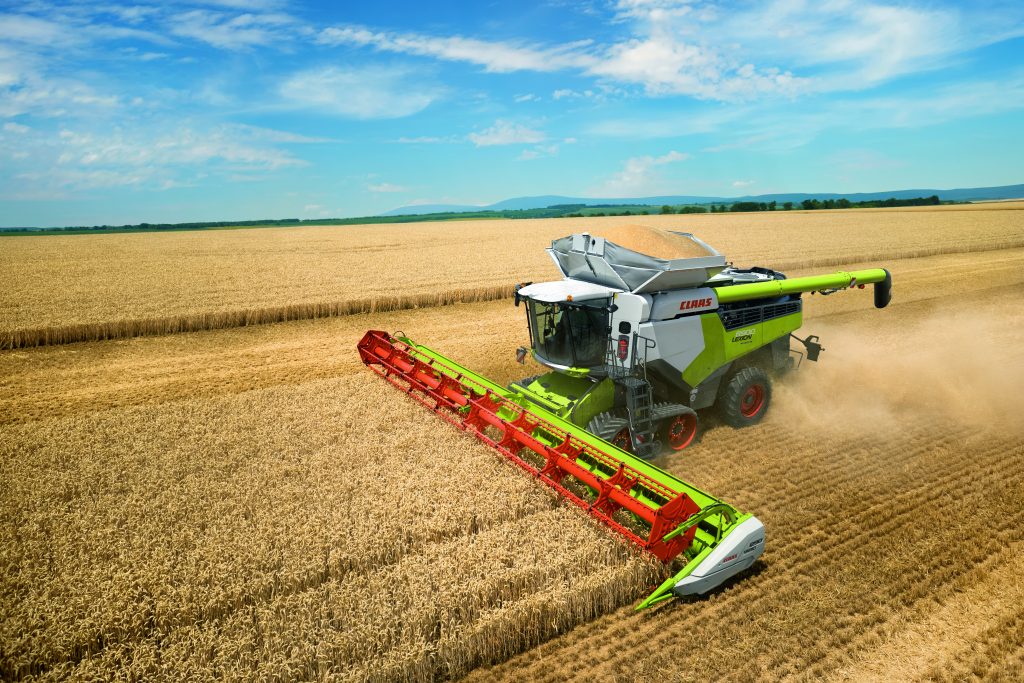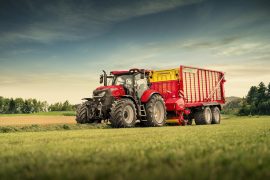In this article, CEMA, the European Farm Machinery Manufacturers Association, provides an update on the EU regulatory requirements related to the provision of cab filtration systems on agricultural tractors set in Tractor Regulation (167/2013) and self-propelled sprayers set in the Machinery Directive
. The following document intends to help clarifying the situation for agricultural equipment manufacturers and users regarding protection against hazardous substances for tractors and self-propelled sprayers.
Requirements for Tractors (T, C categories) on cab filtration systems
After the revision of the Regulation (EU) No 1322/2014 with (EU) No 2016/1788 , the situation related to tractors of categories T and C remains unchanged regarding vehicle construction and general requirements to get the approval of agricultural and forestry vehicles.
As stated in Annex XXIX of (EU) No 1322/2014: “vehicles of categories T and C, declared by the manufacturer to provide protection against hazardous substances shall be fitted with a cab of level 2, 3 or 4 according to the definition and complying with the requirements set out in the standard EN 15695-1:2009 …”.
It is clear that only tractors which are declared by the manufacturer and are to be used in combination with mounted, trailed or semi-trailed chemical application implements, must be equipped with cab filtration system of level 2, 3 or 4 according to EN 15695 standard. The rationale behind this is that tractors are considered as universal agricultural vehicles used in a variety of working tasks and this differs from special task machines such as self-propelled sprayers.
Who decides which type of cab filter system is needed for the equipment?
The responsibility to purchase or equip a tractor with an appropriate filter system lies with the machine/farm owner or employer as he/she understands the work conditions in which will be used the tractor.
As an exception, the compact cab-less tractors stay out of the scope of this document. Therefore, the use of personal protective equipment (PPE) is defined by the chemical product label.
Requirements for Self-Propelled Sprayers (CE marking) on cab filtration systems
subject to Machinery Directive (2006/42/EC) rules
The situation for self-propelled sprayers differs from the one for tractors. The self-propelled sprayers are subject to the regulatory requirements of the Machinery Directive (2006/42/EC) and not the Tractor Regulation (167/2013) as mentioned above.
Presumption of conformity under Machinery Directive rules for self-propelled sprayers
The Machinery Directive requires cover of the risk related to emissions of hazardous substances (Essential Health and Safety Requirements 1.5.13 and 3.5.3). To cover this risk the sprayer manufacturer may use the EN 15695 standard, or any other method that provides the same level of safety as the standard. The use of EN 15695 standard, which describes the different level of protection (cab categories 1-4), provides a clear advantage over the use of other non-standardized methods, because it is harmonized with the Machinery Directive (2006/42/EC) requirements and therefore offers presumption of conformity.
CEMA supports the application of EN 156953 standard on all self-propelled sprayers
The use of the EN 15695 standard in the past was not completely clear as some requirements defined in this standard did not reflect the state-of-the-art of the filtration and sprayer cab technology at the time of publication. The first version was published in 2009 and in 2017 a revised version with enhanced criteria was published.
Concerns regarding the breakthrough time and replacement of the charcoal filters
One of the main issues of this standard was a requirement that defines the breakthrough time – in other words, the lifetime – of the charcoal filters (used in cab category 4) that is caused by absorption of different chemical substances at different operational and weather conditions.
The filter manufacturers and the producers of pesticides were not able to provide a solution, when the 2017 version of the standard was published, on how to define intervals replacement for these filters. At that moment, the filtration technology was not mature enough to develop requirements in EN 15695 for the replacement of charcoal filters. Hence, more time was requested for development and testing of filters in respective conditions. The CEN/TC 144 Standard Committee4 agreed on that request as well as postponing the withdrawal of the EN ISO 4254-6:2009 by 12 months until the publication of its revised version, which took place in May 2020.
Based on the CEN and the European Commission’s acceptance of the transition time required for the implementation of the sprayer cab filtration technology, and after the publication of EN ISO 4254-6:2020 standard, which is fully introduced from May 2021 onwards, CEMA supports the application of EN 15695-1:2017 on all self-propelled sprayers, by the latest the 30th of April 2021 to ensure protection against hazardous substances.





